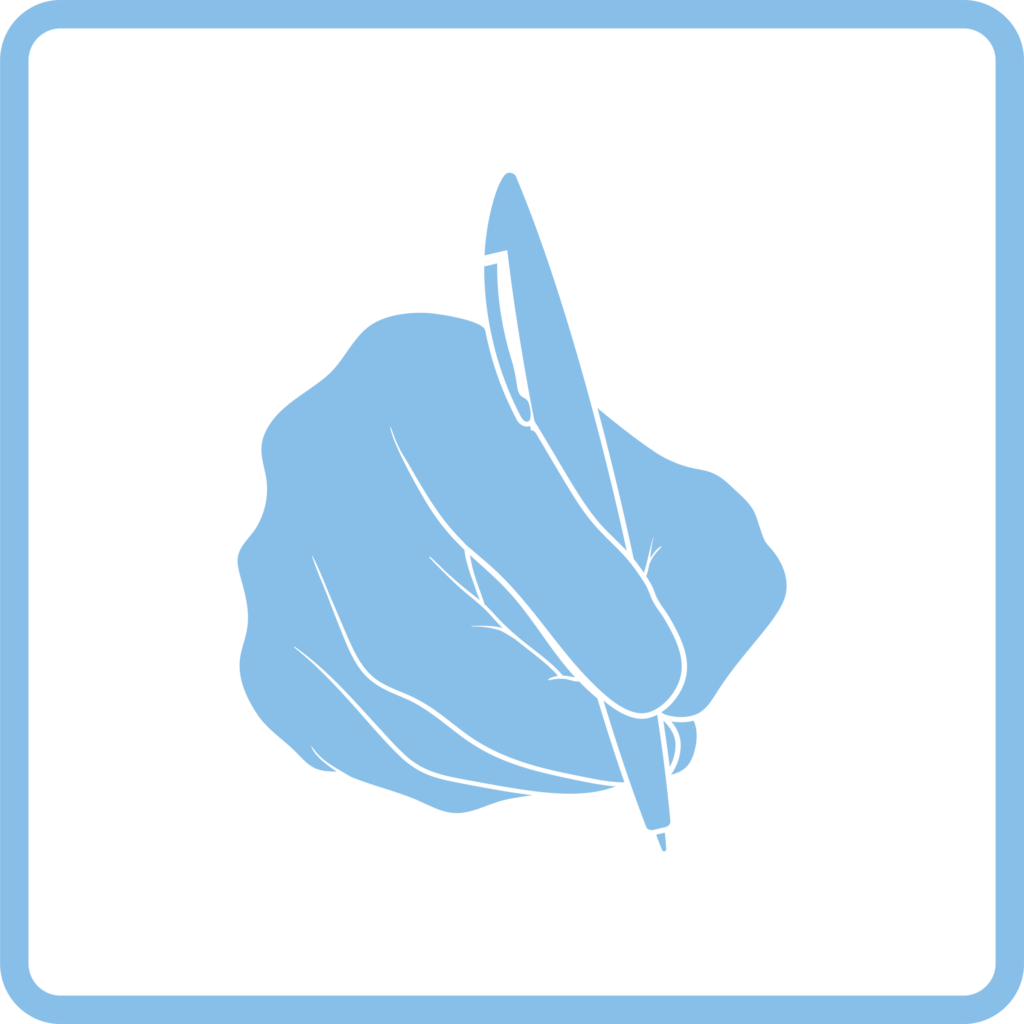
Within the realm of education, the cultivation of creativity and the refinement of communication skills emerge as pivotal pillars in the holistic development of students. These skills extend beyond conventional academic pursuits, resonating as essential life tools that empower individuals to articulate their thoughts, express their emotions, and engage effectively with the world around them. Whether educators entrusted with shaping young minds, homeschooling parents dedicated to personalized learning, or supportive caregivers nurturing the seeds of imagination, the mission to equip the next generation with the art of expressive writing stands as an unwavering commitment.
Amidst this backdrop, this comprehensive guide emerges as a guiding light on the journey of harnessing creative writing prompts and expert insights. It serves as a beacon for educators and mentors seeking to unlock the latent potential within each student, unleashing the power of language and narrative. Together, these tools form a dynamic duo, working in harmony to nurture the art of crafting captivating stories, evocative descriptions, and resonant dialogues. As the curtains rise on the transformative landscape of writing excellence, students spanning grades 1 to 8 embark on a voyage of imaginative exploration that transcends the boundaries of the ordinary, inviting them to navigate uncharted terrains of self-expression and storytelling prowess.
Crafting Imaginative Narratives: The Power of Writing Prompts

The odyssey of creativity frequently commences with a solitary spark—a single idea that sets the imagination ablaze and lays the foundation for an entire universe of possibilities to unfold. This initial moment of inspiration acts as a beacon, drawing in the wandering thoughts of young minds and illuminating the endless pathways that creativity can tread. It is within these moments of inception that the seeds of imaginative endeavors are sown, waiting to sprout and flourish into stories that captivate hearts, descriptions that paint vivid tapestries, and dialogues that resonate with authenticity.
In this expansive realm of creative expression, writing prompts emerge as the gateway through which young writers traverse to explore their boundless potential. These prompts serve as more than mere starting points; they are launching pads that propel students into the cosmos of their imagination. As students engage with these prompts, they find themselves transported beyond the limitations of their immediate reality, venturing into uncharted territories where characters come to life, settings breathe with authenticity, and emotions reverberate with profound resonance. It is through these prompts that the barriers between reality and fiction blur, allowing students to channel their thoughts, emotions, and observations into written works that mirror the richness and complexity of the human experience. Writing prompts, with their subtle yet powerful influence, enable the metamorphosis of fleeting ideas into narratives that unfold with depth and ingenuity, fostering a connection between the mind of the creator and the hearts of readers.
Embracing the Magic of Writing Prompts

Writing prompts serve as the very foundation upon which students embark on their literary journeys. These prompts, encompassing a diverse range from single words to vivid images, act as invitations for young writers to delve into uncharted territories of imagination. These explorations encompass a spectrum of themes, characters, and scenarios, allowing budding authors to traverse the landscape of human emotions, plunge into distant realms, and conjure intricate narratives.
The inherent power of these prompts lies in their ability to transcend the boundaries of conventional thought. By providing an initial spark, they encourage students to surpass the familiar and venture into unexplored horizons. As students engage with these prompts, they are prompted to challenge their preconceived notions and dive headfirst into the exhilarating waters of creativity. The result is a profound expansion of their creative horizons, fostering the growth of their unique voices as writers. With each prompt, students are not only emboldened to think outside the box but are also empowered to craft their own stories and perspectives, imbuing their narratives with authenticity and depth. Writing prompts, in their simplicity, ignite a chain reaction of imagination, leading young minds to explore the uncharted with a renewed sense of curiosity and confidence.
Expert Tips for Cultivating Writing Excellence

Navigating the landscape of creative writing requires a combination of skill and strategy. Here are some expert tips that educators, parents, and mentors can use to guide young writers toward success:
- Foster a Safe Environment: Create a non-judgmental space where students feel encouraged to express themselves without fear of criticism.
- Encourage Daily Writing: Establish a writing routine that encourages consistency and allows students to refine their skills over time.
- Read Widely: Expose students to a diverse range of literature to expand their vocabulary, style, and appreciation for storytelling.
- Practice Mindful Observation: Encourage students to observe the world around them, paying attention to details, emotions, and interactions that can enrich their writing.
- Embrace Feedback: Teach students to view feedback as a valuable tool for growth, whether from peers, mentors, or self-assessment.
- Experiment with Different Genres: Encourage exploration of various writing genres, from fantasy to mystery, to broaden students’ creative horizons.
- Develop Strong Beginnings and Endings: Highlight the importance of captivating introductions and satisfying conclusions that leave a lasting impact.
- Use Sensory Language: Guide students in incorporating sensory details to create immersive experiences for readers.
- Build Tension: Teach the art of suspense and building tension to keep readers engaged throughout the narrative.
- Embrace Rejection as Growth: Prepare students for the possibility of rejection and help them understand that it’s a natural part of the writing journey, leading to improvement.
Writing Prompts for Different Grade Levels

Writing Prompts for Grades 1-3:
- Imagine you found a magical key that unlocks any door. Write about the adventures you’d have.
- Write a story about a talking animal that helps solve a problem in your town.
- If you could visit any place in the world, where would you go? Describe your journey.
- Describe a day in the life of a superhero who can control the weather.
- Write a dialogue between a lost alien and a curious child who finds them.
- Create a story about a mischievous leprechaun who hides his pot of gold in an unexpected place.
- Write about a world where everyone has a unique magical power.
- Describe a day in the secret life of a household pet.
- Write a story about a mysterious package that arrives at your doorstep.
- Imagine you are a tiny person living in a forest. Describe your adventures.
Writing Prompts for Grades 4-6:
- You wake up with the ability to fly. Describe your day exploring the skies.
- Write a story about a group of friends who discover a hidden treasure map.
- Imagine you could time-travel to any historical event. Describe the sights, sounds, and emotions.
- Describe a futuristic world where robots and humans live together.
- Write a dialogue between two characters who find themselves in a haunted mansion.
- Create a story about a magical book that transports its readers into the stories it holds.
- Write about a society where art and creativity are forbidden. How do characters rebel?
- Describe a summer adventure spent on an undiscovered island.
- Write from the perspective of an inanimate object observing human interactions.
- Imagine a world where dreams become reality. Describe the consequences.
Writing Prompts for Grades 7-8:
- You receive a mysterious letter that leads you to a secret meeting. Write a dialogue between you and the sender.
- Describe a world where technology has advanced beyond imagination. How does it impact society?
- Write a story where the main character wakes up in a different body every day.
- Create a monologue from the perspective of an ancient artifact in a museum.
- Write a dialogue between two rival time-travelers fighting for control over history.
- Imagine a future where humans have colonized other planets. Describe life on a distant world.
- Write about a society where memories can be bought and sold. How does this change relationships?
- Describe a dystopian world where nature has taken over urban landscapes.
- Write a story about a group of adventurers searching for a legendary lost city.
- Imagine a world where animals can communicate with humans. Describe the consequences and challenges.
Navigating the Writing Path: Avoiding Common Pitfalls

As students embark on their creative writing journey, it’s essential to be aware of common pitfalls that can hinder growth and expression. Here are crucial points to keep in mind:
- Clichés and Stereotypes: Encourage originality and discourage the use of overused phrases or ideas that lack authenticity.
- Lack of Editing: Emphasize the importance of editing and revising to refine ideas and enhance clarity.
- Ignoring Pacing: Teach students about pacing to maintain a dynamic flow in their narratives, avoiding rushed or slow sections.
- Neglecting Character Development: Highlight the significance of well-rounded characters with depth and motives.
- Weak Dialogue: Guide students in crafting engaging dialogue that reveals character personalities and moves the plot forward.
- Neglecting Setting: Remind writers to incorporate descriptive settings that immerse readers in the story’s world.
- Inconsistent Point of View: Help students understand and maintain a consistent narrative perspective.
- Lack of Conflict: Emphasize the role of conflict in driving the plot and keeping readers engaged.
- Overcomplicating Language: Encourage clarity by discouraging overly complex language that may alienate readers.
- Failure to Show, Not Tell: Teach students to illustrate emotions and actions through vivid descriptions rather than mere statements.
Embracing Clipart’s Educational Repository

For educators who are on the lookout for a diverse range of visual stimuli to complement their writing prompts, there exists a valuable resource that holds the potential to enrich the creative process: Clipart’s educational image repository, available at schools.clipart.com. This treasure trove houses a vast and eclectic collection of images carefully curated to ignite the flames of imagination in students. These images are not just static depictions; they are portals to entire worlds waiting to be explored, stories yearning to be told, and emotions eager to be expressed.
In this dynamic digital realm, educators have at their disposal an expansive selection of visuals that span across genres, themes, and styles. From intricate illustrations to vivid photographs, each image is a canvas upon which students can project their ideas and narratives. By integrating these visuals with writing prompts, educators unlock an innovative dimension to the writing process. Images have a remarkable ability to transcend language barriers, evoking emotions and concepts that words alone may struggle to convey. With the aid of Clipart’s educational image repository, educators hold the key to creating a multisensory writing experience that transcends the confines of text and takes students on a captivating journey where words and images intertwine to breathe life into their stories.

Nurturing young writers is a journey filled with excitement, challenges, and boundless rewards. By embracing the power of writing prompts and incorporating expert insights, educators, homeschooling parents, and nurturing mentors can skillfully guide students toward writing excellence. This article has illuminated the enchantment of writing prompts, provided expert guidance, and unveiled Clipart’s invaluable resource for educators, amplifying their teaching approach. As students in grades 1 to 8 embark on this journey, they carry with them the tools to unlock their creativity and unleash their brilliance on the canvas of the written word.




